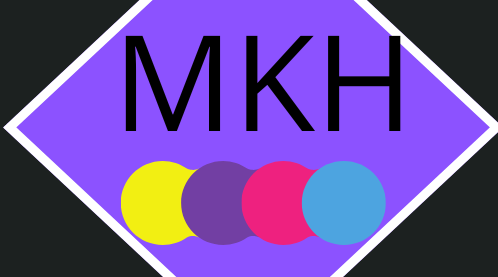Writing an artwork weblog includes showcasing your passion for artwork while engaging readers with insightful, visually stimulating content. Whether you are writing about your paintings, reviewing exhibitions, or sharing pointers, it’s critical to truly and creatively speak your ideas. Here’s a step-by-step guide on how to write an art weblog:
1. Identify Your Niche and Audience
Define your niche: Focus on a selected region of art that resonates with you. Some opportunities consist of:
Contemporary art
Digital artwork or picture design
Art history and critiques
Photography
Sculpture, ceramics, or traditional media (portray, drawing)
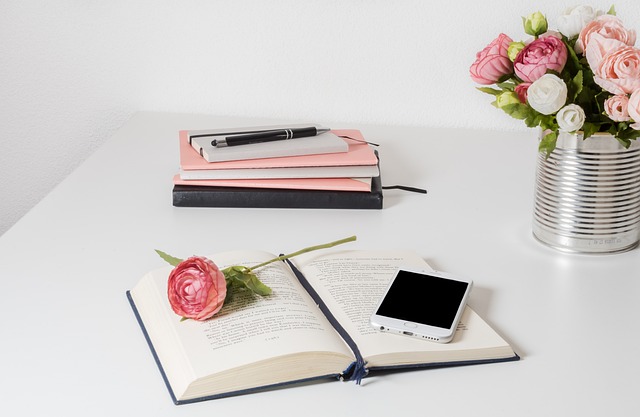
DIY art tasks or tutorials
Artist interviews or exhibition evaluations
Know your target audience: Tailor your content for your audience, whether or not they’re fellow artists, artwork creditors, students, or informal art fans.
2. Choose a Captivating Topic
Stay applicable by way of writing about topics which can be trending or resonate along with your target audience. You can discover:
Recent artwork movements or developments
“How-to” guides and tutorials
Behind-the-scenes stories of your innovative method
Reviews of exhibitions, galleries, or artist works
Interviews with artists, curators, or designers
Personal reflections on art strategies, challenges, or inspirations.
3. Research Thoroughly
Back up your insights: Whether you are writing an evaluation of an art work, a historical piece, or an evaluation, make certain you have nicely-researched records. Use credible assets, artwork books, and academic papers, or attend exhibitions to provide accurate, precious data.
Cite assets: If you are referring to different artists or works of art, include proper references or links to offer context to your readers.
4. Craft an Engaging Introduction
Hook your readers: Start with an exciting question, an ambitious announcement, or a charming truth to seize interest. The advent should define the purpose of the blog post and set the tone for the rest of the content material.
Example: “Have you ever questioned why Van Gogh’s brushstrokes seem to transport? Let’s explore how texture and motion in portrays can evoke emotion.”
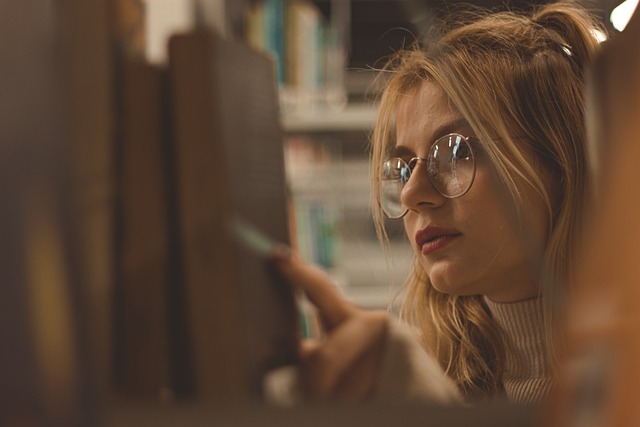
5. Write in a Clear and Conversational Tone
Stay approachable: While discussing artwork can sometimes come to be technical or instructional, keep your tone conversational and relatable to a much broader target audience. Avoid jargon until you’re addressing a specialized group.
Tell memories: Engage your readers with storytelling. Share anecdotes about your artistic journey, experiences with a particular artwork, or personal reflections on how sure portions have inspired you.
6. Use Visuals to Support Your Writing
Include pictures: Art blogs should be visually rich, so consist of extraordinary snap shots of the art work or design portions you are discussing. Ensure pictures are relevant, clear, and nicely credited.
Describe the visuals: Don’t anticipate readers will interpret the artwork inside the equal way. Provide specified descriptions, examine the colors, paperwork, and strategies, and explain how they contribute to the general meaning of the paintings.
Optimize image placement: Place images strategically to break up long blocks of textual content and make the post more attractive.
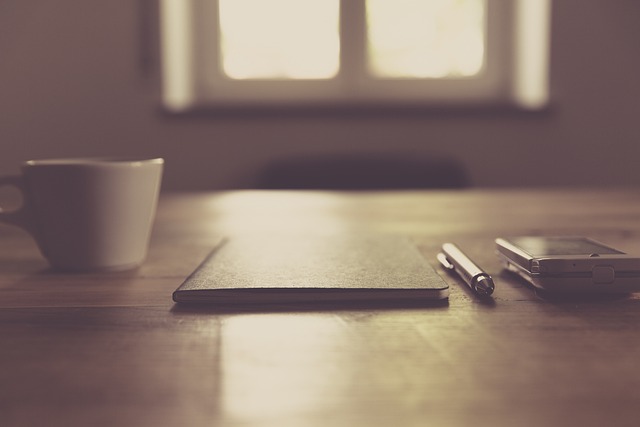
7. Provide Insightful Analysis and Commentary
Go beyond the plain: Dive deep into the meaning, symbolism, and techniques used in the paintings. Share your interpretation, how the piece makes you sense, and what you observed the artist became seeking to deliver.
Give context: Explain the heritage of the paintings or artist, the generation it became created in, and any cultural or ancient relevance.
Inspire reflections
Promote and Share
Influence web-based entertainment: Advance your blog entry on stages like Instagram, Pinterest, and Twitter, particularly on the off chance that you’re sharing visual substance. Make outwardly convincing reviews that draw in visitors to your blog.
- Engage with readers: Respond to comments, questions, and feedback. This interaction builds a community around your blog and makes readers feel valued.
Keep Content Fresh and Consistent
Post consistently: Consistency is vital. Make a substance plan, whether it’s week by week, fortnightly, or month to month. New satisfaction makes perusers want more and assists you with building a devoted crowd.
Remain motivated: Continue investigating recent fads, visiting displays, and finding out about various specialists to keep your thoughts streaming.
Example Post Outline:
- Introduction: Discuss the impact of texture in visual art, using examples from Van Gogh and contemporary artists.
- Body:
- What is Texture? Definition and role of texture in art.
- Historical Examples: How Van Gogh and Monet used texture to evoke emotion.
- Contemporary Approaches: Highlight modern artists who explore texture (e.g., Anselm Kiefer or Zaria Forman).
- Investigation of Explicit Work: A breakdown of a contemporary piece with an emphasis on its surfaces.
- Depiction: A perfect and moderate design is fundamental for a workmanship blog, guaranteeing that the substance (craftsmanship, plan tasks, and pictures) becomes the dominant focal point. The plan ought to include adequate blank area to give each piece space to breathe, permitting guests to zero in on the visuals without interruptions.
- Subtleties:
- Basic variety range, as monochromatic or muffled tones, permitting the fine art to pop.
- Enormous, great pictures of the craftsmanship showed up front.
- Very much organized typography that is not difficult to peruse however smart, involving serif textual styles for an exemplary look or sans-serif text styles for a more current feel.
- Full-Width Legend Picture or Slideshow on the Landing page
- Depiction: A full-width legend picture or slideshow on the landing page can exhibit the most recent or most critical fine art. This promptly catches the guest’s eye and features key pieces or highlighted content.
- Details:
- High-resolution images or short video loops to create an immersive first impression.
- Subtle overlays with text introducing the blog or featuring the artist’s name, blog title, and a brief tagline.
Interactive Elements
- Description: Interactive elements like hover animations, lightbox galleries, and comment sections keep the blog engaging. Visitors can zoom in on artwork, view details in lightbox format, and interact with content dynamically.
- Details:
- Interactive galleries that expand images when clicked.
- Comment sections where readers can discuss artwork or ideas with the creator.
- Animated elements like transitions, hover effects, or subtle movement (e.g., parallax scrolling for background images).
Integrated Social Media Feeds
- Description: Integrating a live feed from platforms like Instagram or Pinterest allows readers to stay connected with the artist’s latest updates and new posts. It also enhances the visual appeal of the blog with regularly updated content.
. Responsive Design
Description: Since artwork is exceptionally visible, it’s important that the blog design adapts to specific screen sizes. A responsive format guarantees the weblog seems wonderful on cell devices, capsules, and desktops alike.
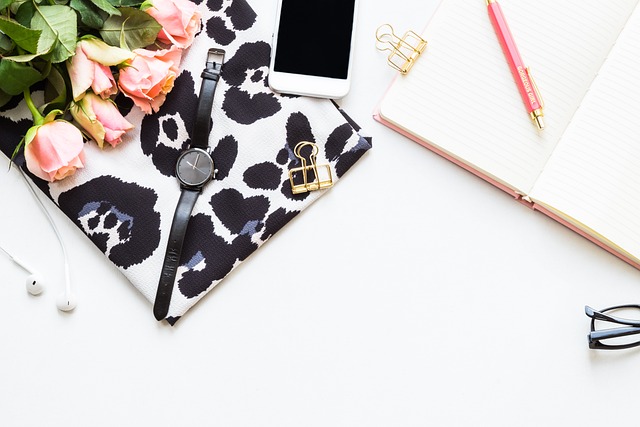
Details:
Flexible grid layouts that modify based on display size.
Mobile-pleasant navigation (e.G., hamburger menu on smaller displays).
Image compression techniques that keep first-class at the same time as optimizing load velocity.
8. Featured Artist or Story Section
- Description: Dedicate a section to highlight a featured artist, designer, or project. This can be a rotating spotlight that showcases interviews, portfolios, or collaborations.
- Details:
- A featured section on the homepage with larger images and a short bio or interview snippet.
- Links to detailed posts or gallery views of the artist’s work.
9. Blog Post Layout
- Description: Blog posts should be visually engaging with large images, well-spaced paragraphs, and headings to break up the text. Each post should feel like a well-crafted editorial piece.
- Details:
- Full-width images or galleries within the post.
- Embedded videos for tutorials or project walkthroughs.
- Clear call-to-action buttons (e.g., “Read more” or “View full gallery”).
Customizable Color Palette and Theme
Description: Allow readers to exchange between mild and dark subject matters or customize the color palette. This adds a layer of personalization to the person reveling in and might beautify readability primarily based on private choice or time of day.
Newsletter and Subscription Pop-up
Description: To build an engaged target market, a publication subscription pop-up or banner can inspire traffic to enroll in updates. It has to be subtle and non-intrusive, blending into the blog’s layout.
Define Your Niche:
Focus on a specific vicinity of art and layout, like:
Interior design developments
Sustainable art
Graphic layout tutorials
Fashion layout
Woodworking and boat craftsmanship
Narrowing your recognition helps appeal to a devoted target market.
Plan Your Content:
Develop a content material calendar that covers one-of-a-kind themes and topics. Here are a few thoughts:
Artist/Designer Spotlights: Interview or feature modern-day artists and architects.
Art Techniques: Write tutorials or “how-to” posts, together with images, painting, or virtual design.
Project Walkthroughs: Share step-by using-step publications on initiatives, from idea to completion.
Art History.
Stay Inspired:
Keep exploring and engaging with the art global to live beforehand of traits. Visit museums, exhibitions, and comply with different creators to make sure your content material stays fresh.
Does any of this align together with your imagination and prescient, or might you like help with unique content thoughts or design factors?
Focus: Modern design, structure, artwork, and generation.
Why It’s Great: Design Milk covers the entirety from domestic decor and furnishings layout to tech devices and style. The blog highlights modern layout and functions interviews with top designers and rising talent.
Abstract Sculptures from Recycled Materials
Idea: Use discarded materials to create eco-friendly, modern-day artwork sculptures.
How to Do It: Gather plastics, metals, wooden, or fabric scraps, and rework them into abstract forms. Consider topics like environmentalism or futurism as you work.
Digital Painting Inspired by means of Nature
Idea: Use virtual painting gear like Procreate or Photoshop to reimagine landscapes, plant life, or animals with.
Geometric Minimalism
Idea: Create minimalist designs or art pieces the usage of simple geometric shapes and formidable colorations.
How to Do It: Focus on clean strains and simple shapes like circles, triangles, and squares. Use color concepts to create concord or evaluation within the composition. This may be carried out to each digital and bodily medium.
Interactive Augmented Reality (AR) Art
Idea: Blend bodily art with digital components that come to life through augmented reality.
How to Do It: Create a physical artwork, which includes a painting or mural, then design an AR component using software programs like Adobe Aero. Viewers can revel in more layers, animations, or facts with the aid of scanning the piece with their telephones.
. 3-d Printing Sculptures
Idea: Use three-D printing generation to design intricate sculptures or purposeful artwork portions.
How to Do It: Explore parametric design, allowing your sculptures to have complicated, mathematically generated bureaucracy. This can cause mesmerizing results in each artistic and industrial layout
Projection Mapping Art
structuresIdea: Use projection mapping to turn normal surfaces or structure into dynamic canvases for digital artwork.
- Conclusion: Summarize the importance of texture and invite readers to share their thoughts.
Here’s a description of what an ideal art blog design might look like:
